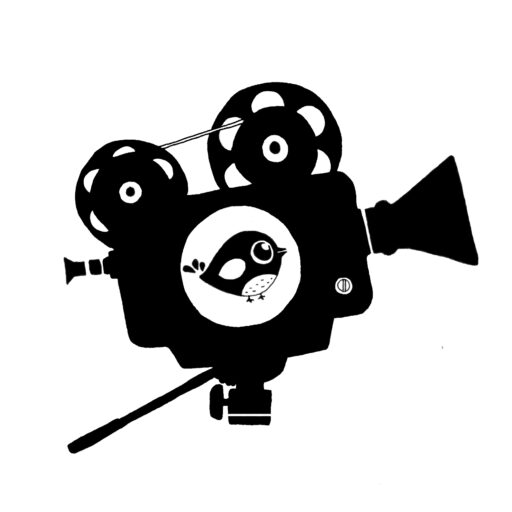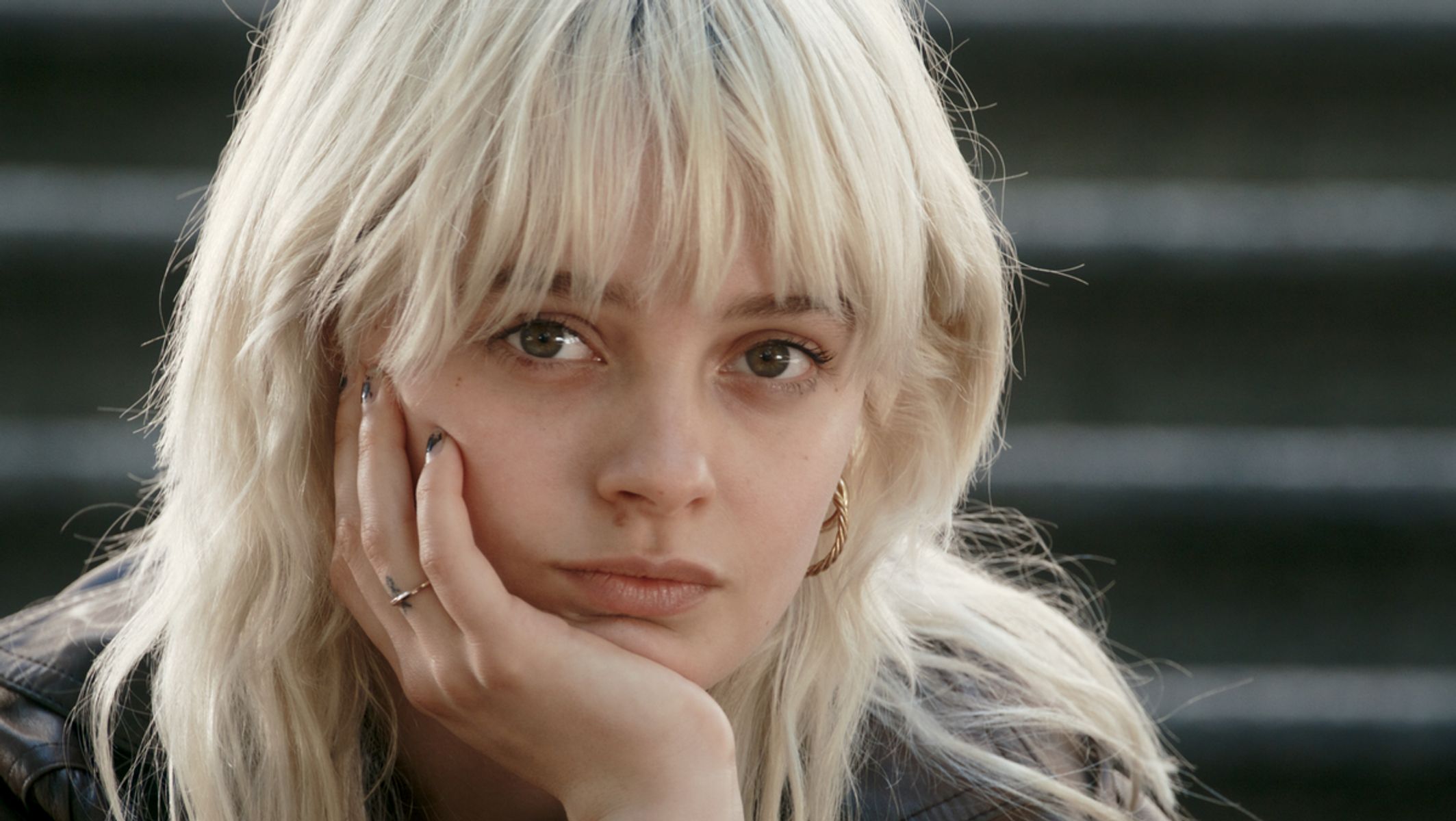Maja Bons is excellent as budding and naïve artist Jojo in Camilla Guttner’s Die Akademie, a surreal tale of the art academy in Munich, grounds certainly not for the faint of heart. It is a story that has been told before – a determined artist dedicated to their craft and eager to please those who hold the power. Like Whiplash, The Red Shoes, Black Swan, the tortured artist is a fascinating subject, yet Die Akademie never quite goes to this extreme, instead focusing on a variety of different paths of supposedly malleable artists without ever giving its main character her magnum opus moment.
Young Jojo shows up at the Academy, seemingly without background, and takes up a residency under the direction of the venerated Professor Copley (Jean-Marc Barr). Initially impressed with her first pieces, Copley is quick to criticise – her first drawings had a certain innocence and childlike quality to them that she has since lost with age. She must find her new identity as a painter – but of course, he is not there to teach her how to do it. Jojo surrounds herself with other artists – including Siri (Luise Aschenbrenner), an influenceable girl who has run out of ideas – but jealousy and backstabbing lurks at the Academy: when her paintings go missing, Jojo realises she’s in for a bit of a ride, as everyone competes for the top prize. As she paints, so too do her relationships begin to wan, and strange occurrences surface in the dark corners of the Academy’s halls at night. Is Jojo built for the art world? Or will she fail at the hands of competition and the turbulent life that comes with creation?
A lot of clichés are thrown about in Die Akademie, mainly during the teaching sequences. It remains fairly complex to write a teacher who can offer inspirational words and genuine nuggets of life advice without it sounding performative – Barr does a good enough job, but his monologues about understanding, learning, breathing art are tepid at best. Is the provocative Professor Roeg (Andreas Lust), whose students protest his actions on the stairs of the Academy, any better as a storytelling tool? Perhaps not – but he is certainly more entertaining, parading around drunk at the school’s art exhibition under the guise that the event is “boring”. His struggles with his own work and his commitment to art a la Terence Fletcher were certainly worth exploring further. While Jojo does indeed remain centre stage, time is however still dedicated to the exploration of the different paths an artist can take. There is Yeonsi (Jan Beller), for instance, a performance artist – in a particularly striking scene, his wife interrupts a piece in which he sits in an igloo for days on end eating ravioli, to tell him not to bother coming home. He does not seem affected by this threat. There is Siri who, humiliated by Roeg when he instructs her to paint green from her painting all the way to outside the classroom, takes it upon herself to make it her entire personality and gradually succumbs to fame and the one hit wonder phenomenon, not realising its limits until it is too late. There is also a man who, strangely, walks through the streets of Munich dressed in a silvery Spandex outfit, wheeling a giant disco egg around. This would be a fun detail were it not for the other bizarre characters who populate Die Akademie and end up taking too much space – namely, Dagobert, a provocateur on the outskirts of “traditional” art (he plants a Marcel Duchamp-esque readymade piece at an art show) who Jojo befriends, and an alarming assistant at the Academy who becomes fixated by her and starts to stalk her. Jojo’s relationships with both of these men are genuinely strange, and seem to serve no purpose besides nonsensicality. Despite this, Die Akademie showcases gorgeous visuals, and some very interesting pieces of art (though they regrettably feel underutilised) – it helps that many of the actors are actually artists in real life, as there is a sense of being close to the work they proudly stand beside. It’s a whirlwind of ideas, a mess of brush strokes across a canvas – and yet, all the same, one cannot help but keep looking.





